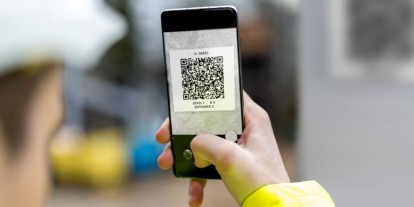Alejandra Labarca
Blog / Disruptive Technologies
Blockchain and BIM for Construction
Categories

The cities of the future will be the result of how the human race transforms its ways of producing and consuming today. We can either ignore the signals regarding the depredation of the planet and its society or understand that this is the only planet we have and therefore we must take good care of it. The construction industry represents 6% of global GDP, and that market is expected to increase to USD24,334.9 billion by 2021, particularly due to growing economies in emerging countries, an increase in population, an increase in public-private partnerships in the development of infrastructure and growing government investments in large-scale projects such as highways and rail networks.
Globally, the construction sector has increased its annual productivity by a negligible 1% in the last two decades, compared to 2.8% of the increase in world GDP and 3.6% in the manufacturing sector. On the other hand, the way in which it has been built until now is accounting for 36% of the world's energy consumption and almost 40% of the total direct and indirect CO2 emissions of the planet. For this reason, the construction sector worldwide is in a process of transformation that allows it to control and quantify its CO2 emissions. As well as to improve its production processes through the incorporation of new technologies and methodologies.
One of these technologies is the Building Information Modeling (BIM) system. It has been gaining ground in developed countries, clearly impacting the profitability of investments in the sector. At the same time, however, creating new challenges to accelerate its use. Perhaps the most important thing about BIM is that it is a tool based on collaboration. This becomes more intense as the level of use increases. In more developed countries, where BIM is used more massively, the basic reasons that limit and prevent professionals from using it are beginning to emerge, despite their benefits.
These reasons are the following: the lack of confidence in the data; the impossibility of tracing changes in the model; and a new focus on the responsibility of the participants. In this case, the blockchain technology could be the ideal solution and offer new foundations to BIM, as blockchain will:
- Allow the registration of all the information and documentation of a project;
- Ensure reliability, safety, traceability and perpetual storage of the information added and integrated to the BIM model;
- Allow to register and supervise the accounting of the participants.
The BLOCKBIM Project seeks to promote new models and technological solutions to improve the performance of the construction sector. By using the full potential of blockchain and BIM technologies. Through BlockBIM we seek to create a space that promotes collaboration, innovation, and knowledge. All this as the basis of a new paradigm that drives the development of the sector in the face of the challenges imposed by the new times.




